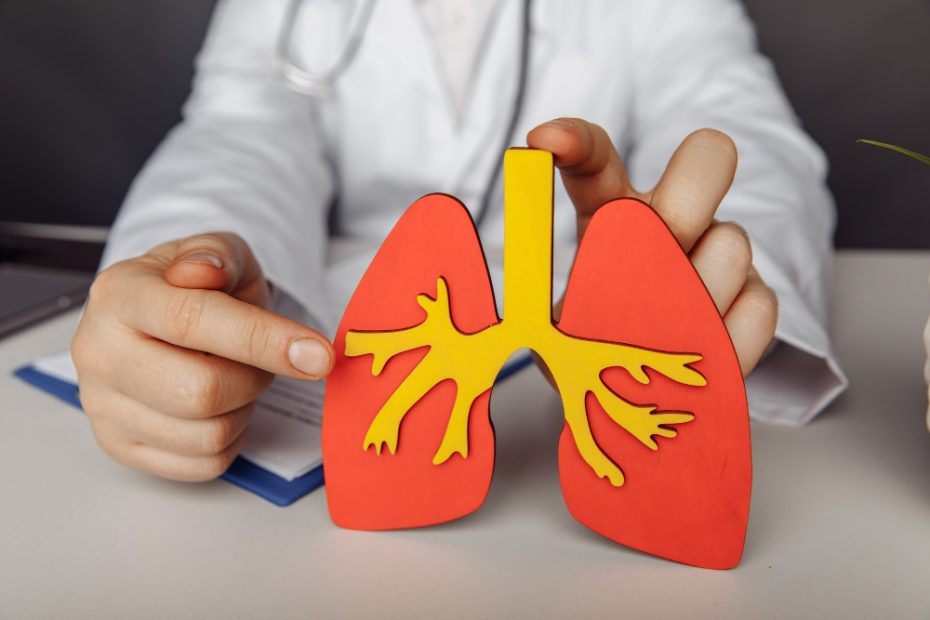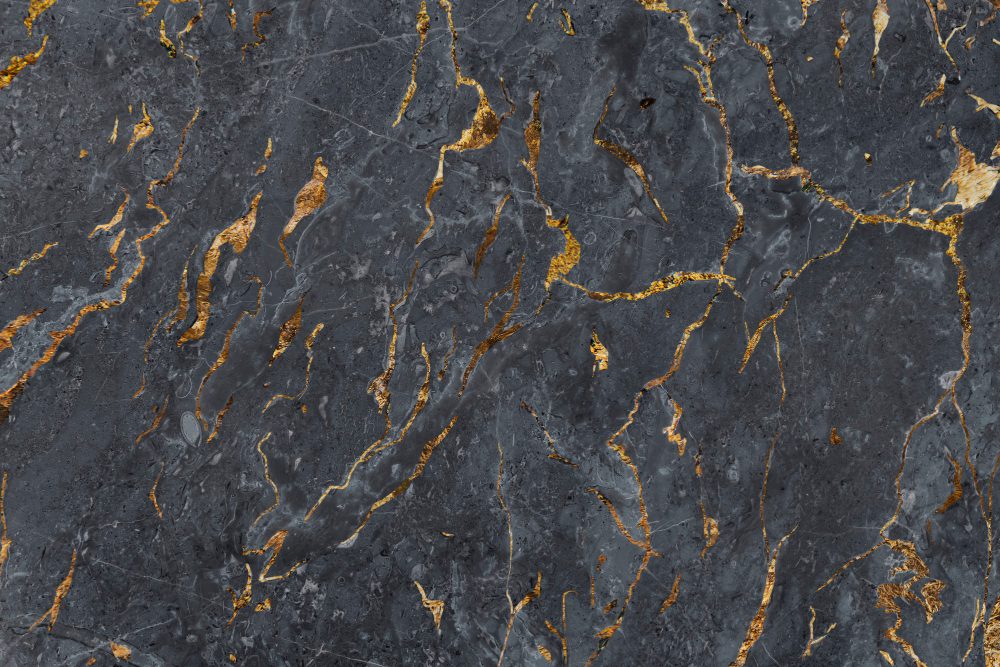What are the symptoms of crystal lung disease?
Crystal lung disease, also known as pulmonary crystals, is a condition that affects the lungs and respiratory system. It is characterized by the presence of crystals within the lung tissue, which can lead to various symptoms and complications. In this article, we will explore the common symptoms associated with crystal lung disease and provide a deeper understanding of this condition.
Common Symptoms
The symptoms of crystal lung disease can vary depending on the underlying cause and the extent of the crystal deposition. However, some common symptoms include:
- Cough: A persistent cough is often one of the initial symptoms of crystal lung disease. It may be dry or accompanied by phlegm production.
- Shortness of breath: Difficulty in breathing, especially during physical exertion, can be experienced by individuals with crystal lung disease.
- Chest pain: Some people may experience chest pain or discomfort, which can worsen with deep breaths or coughing.
- Wheezing: The narrowing of the airways due to crystal deposition can lead to wheezing sounds during breathing.
- Fatigue: Crystal lung disease can cause fatigue and a general feeling of weakness.
- Reduced exercise tolerance: Individuals may find that they are unable to engage in physical activities for extended periods due to breathing difficulties.
Underlying Causes
Crystal lung disease can be caused by various factors, including occupational exposure to certain minerals such as silica or asbestos, certain medications, or underlying medical conditions. Understanding the underlying cause is crucial in determining the appropriate treatment and management plan.
Occupational Exposure
Silicosis: Exposure to crystalline silica, commonly found in industries such as mining, construction, or sandblasting, can lead to the development of silicosis, a type of crystal lung disease.
“Workers exposed to silica dust should take necessary precautions to minimize their risk of developing crystal lung disease.”
Asbestosis: Prolonged exposure to asbestos fibers, often found in older buildings, can cause lung scarring and crystal formation, resulting in asbestosis.
Medications and Medical Conditions
Drug-induced lung disease: Certain medications, such as methotrexate or nitrofurantoin, can cause crystal lung disease as a side effect.
Connective tissue disorders: Some autoimmune conditions, like rheumatoid arthritis or systemic sclerosis, are associated with crystal lung disease.
Diagnosis and Treatment
If you experience any of the symptoms mentioned above, it is important to seek medical attention for an accurate diagnosis. The healthcare provider may recommend several tests, including:
- Chest X-ray or CT scan to visualize the lungs and identify crystal deposition.
- Pulmonary function tests to assess lung capacity and function.
- Bronchoscopy to collect lung tissue samples for further analysis.
The treatment of crystal lung disease depends on the underlying cause and severity of symptoms. In some cases, managing the underlying condition and avoiding further exposure may be sufficient. Other treatment options include:
- Medications: Depending on the specific diagnosis, medications such as corticosteroids or immunosuppressive drugs may be prescribed to reduce inflammation and slow down crystal deposition.
- Oxygen therapy: Supplemental oxygen may be required to alleviate shortness of breath and improve oxygen levels in the blood.
- Pulmonary rehabilitation: Engaging in pulmonary rehabilitation programs can help improve lung function and enhance overall quality of life.
It is important to work closely with healthcare professionals to develop an individualized treatment plan tailored to your specific needs.
What causes lungs to turn to stone?
The phenomenon of lungs turning to stone, also known as crystal lung disease, is caused by a medical condition called silicosis. Silicosis occurs when a person inhales crystalline silica dust, typically found in industries such as mining, construction, and sandblasting. The dust particles accumulate in the lungs over time, causing inflammation and scarring.
How does silica dust affect the lungs?
When silica dust is inhaled, it can penetrate deep into the lungs and trigger an immune response. The body tries to defend itself by sending white blood cells to the affected area, leading to inflammation. Over time, the inflammation can cause fibrosis, which is the formation of scar tissue in the lungs. This scarring restricts the ability of the lungs to expand and contract, leading to breathing difficulties.
Who is at risk for silicosis?
Individuals who work in occupations where they are exposed to high levels of silica dust are at the greatest risk for developing silicosis. This includes miners, quarry workers, construction workers, and ceramics manufacturers. However, prolonged exposure to silica dust in any setting can increase the risk.
Prevention and treatment
Preventing silicosis involves implementing strict safety measures in workplaces where silica dust is present. This can include the use of personal protective equipment, proper ventilation systems, and regular monitoring of dust levels. If diagnosed with silicosis, treatment options are limited, and focus mainly on managing symptoms and preventing further progression of the disease.
What does crystals on the lungs mean?
Crystals on the lungs refer to the presence of tiny mineral deposits in the respiratory system. These crystals can be a sign of various underlying health conditions and may cause symptoms such as coughing, shortness of breath, and chest pain. Understanding the significance of crystals on the lungs is crucial for proper diagnosis and treatment.
Conditions associated with crystals on the lungs
Crystals on the lungs can be indicative of several conditions, including:
- Silicosis: This lung disease occurs due to prolonged exposure to crystalline silica, commonly found in industries such as mining, construction, and quarrying.
- Asbestosis: Inhalation of asbestos fibers can lead to the formation of crystals on the lungs, causing scarring and inflammation.
- Gout: While primarily affecting the joints, gout can sometimes lead to the deposition of crystals in the lungs.
- Pneumoconiosis: This term encompasses various lung diseases caused by inhalation of mineral dust, leading to crystal formation within the lungs.
Impact on respiratory health
Crystals on the lungs can impair respiratory function and result in the following symptoms:
- Coughing
- Shortness of breath
- Chest pain
- Wheezing or difficulty breathing
It is essential to consult a healthcare professional if you experience any of these symptoms or suspect crystals on your lungs based on other medical conditions you may have.
Diagnosis and treatment
To determine the presence of crystals on the lungs, a healthcare provider may perform various diagnostic tests:
- Chest X-ray or CT scan: These imaging techniques can help visualize the crystals and assess the extent of lung damage.
- Lung function tests: These measure how well your lungs are working and can help in diagnosing and monitoring the condition.
- Bronchoscopy: A flexible tube with a camera is inserted into the lungs to obtain a tissue sample for further analysis.
The treatment approach for crystals on the lungs depends on the underlying cause. It may involve:
- Reducing exposure to the causative agent
- Medications to manage symptoms and reduce inflammation
- Pulmonary rehabilitation to improve lung function
- In severe cases, lung transplantation may be considered
Note: The information provided in this article is for informational purposes only and should not substitute professional medical advice. Consult a healthcare provider for an accurate diagnosis and appropriate treatment.
Do stonemasons get silicosis?
Silicosis is a lung disease caused by inhaling crystalline silica dust, which can be found in materials such as sand, rock, and minerals. Stonemasons, who work with stone and masonry materials, are at a higher risk of developing silicosis due to their exposure to silica dust.
Exposure to silica dust occurs during activities such as cutting, grinding, and drilling stone or masonry products. When these materials are manipulated, tiny particles of silica dust are released into the air and can be inhaled by workers.
Silicosis is a serious occupational disease that can lead to long-term health problems and even death. The symptoms of silicosis may not appear immediately, but they can develop over time as the silica particles accumulate in the lungs.
Symptoms of Silicosis
Common symptoms of silicosis include:
- Coughing and chest pain
- Shortness of breath and wheezing
- Fatigue and weakness
- Fever and night sweats
If left untreated, silicosis can progress to more severe forms, such as accelerated silicosis, chronic silicosis, and acute silicosis. These forms of the disease can cause additional complications and further impair lung function.
Prevention and Control
Preventing silicosis is crucial for individuals working in occupations with high exposure to silica dust. Here are some measures that can help reduce the risk:
- Using wet methods or water suppression systems to control dust
- Wearing appropriate personal protective equipment, including respirators
- Implementing good workplace hygiene practices, such as regular cleaning and maintenance
- Providing education and training on the hazards of silica dust exposure
“Preventing exposure to silica dust is vital in protecting the health and safety of stonemasons and other workers.”
Conclusion
Silicosis and the subsequent formation of crystal lungs are serious conditions that can have a significant impact on an individual’s health and quality of life. It is crucial for individuals working in high-risk industries to take appropriate precautions to minimize exposure to silica dust and protect their lung health.
By raising awareness about the causes and risks associated with crystal lung disease, we can work towards creating safer work environments and reducing the prevalence of this debilitating condition.
Stonemasons and other individuals working with stone and masonry materials are at an increased risk of developing silicosis due to their exposure to silica dust. Recognizing the symptoms of silicosis and taking preventive measures can help protect workers from this potentially debilitating lung disease.
“Silicosis is a preventable disease, and awareness about its risks and prevention strategies is essential in minimizing its impact on workers’ health.”



